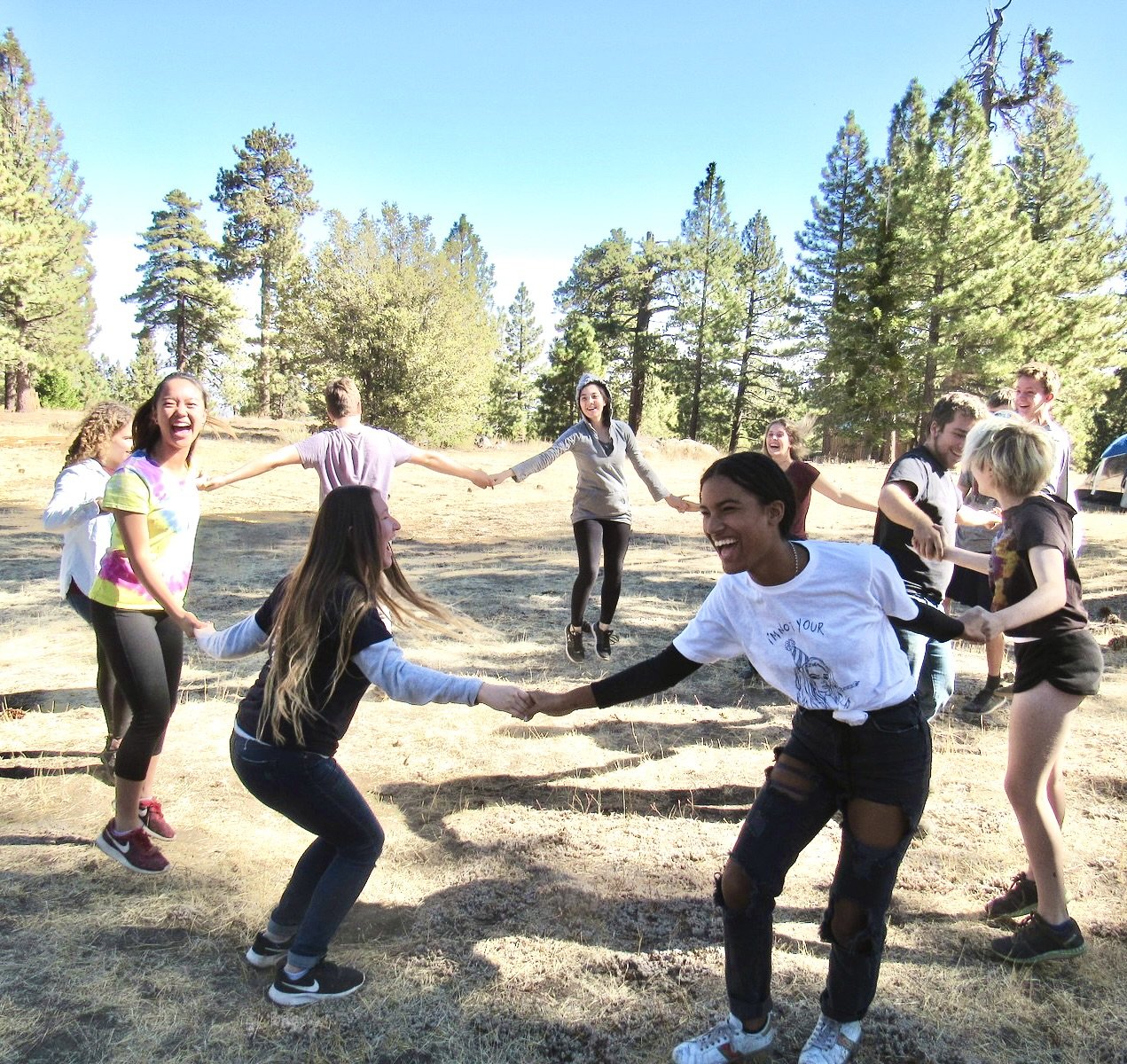
Balancing Screen Time with Green Time
"Greentime" refers to spending time outdoors in nature, essentially replacing time spent on screens (like phones, computers, TV) with activities like playing in a park, going for a hike, or simply relaxing in your backyard, essentially prioritizing outdoor engagement over screen time; the idea is that replacing some screen time with green time can be beneficial for mental and physical health. Key points about "greentime":
Benefits:Research suggests that spending time in nature can reduce stress, improve mood, boost creativity, and enhance focus, which are often negatively impacted by excessive screen time.
What constitutes "greentime":This can include activities like walking in a park, gardening, birdwatching, playing outdoor sports, or simply sitting outside and enjoying the scenery.
Balancing screen and green time: The goal is to find a balance between necessary screen time for work or education and dedicated time spent outdoors to reap the benefits of nature.
Practical tips and resources for managing your children's screen time effectively are on every page.
Our Philosophy:
More Green Time, Less Screen Time

Screen time and green time are linked to psychological well-being in contrasting ways.
A new collection of 186 studies shows that high levels of time spent in nature are associated with positive mental health, cognitive functioning, and academic achievement benefits for children and adolescents, while high levels of screen time are associated with depression, anxiety, stress, and poor self-regulation.
That’s why schools and homeschools emphasize outdoor learning and play as important aspects of the school day for each student in every grade. Read the full article,
Psychological impacts of "screen time" and "green time" for children and adolescents: A systematic scoping review, published by Children & Nature Network.
Planning around a child's interests involves observing their interests and then creating learning experiences that are based on those interests
This process can help children feel valued and make learning more engaging.
How to discover a child's interests
Observe: Watch how your child plays and what they enjoy
Listen: Talk to your child and be open to their ideas
Write it down: Keep a record of your child's interests
How to plan around a child's interests
Create opportunities: Provide activities that are based on your child's interests
Encourage choices: Let your child help make decisions about what they want to do
Use objects: Involve objects that your child is interested in
Help them learn: Use repeated behaviors to help your child learn
Adapting to Changing Interests
Children’s interests often change quickly; staying flexible and observant is key. Regularly refresh your activity plans to align with their evolving interests fir continuous engagement and excited about learning.
Why it's important
Planning around a child's interests can help them feel valued and like an expert in their own experiences
It can also make learning more meaningful and engaging
Tailoring activities to a child's interests helps nannies and parents provide personalized learning experiences. This approach enhances education and strengthens the caregiver-child relationship, creating a nurturing environment.







